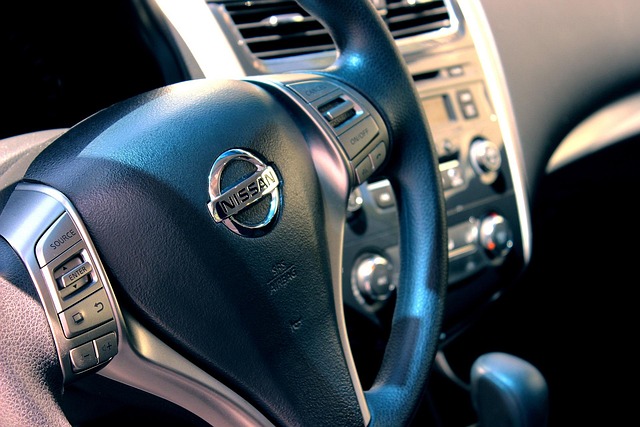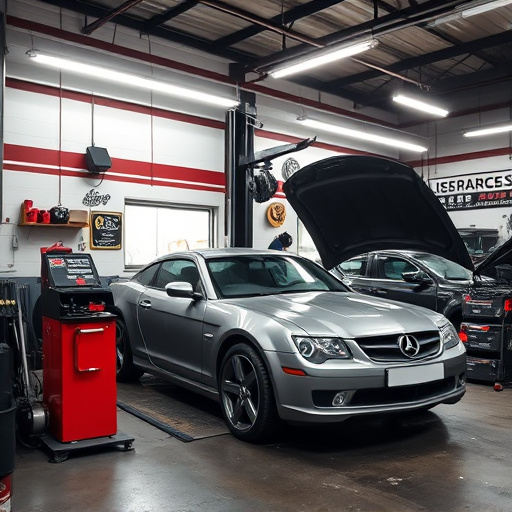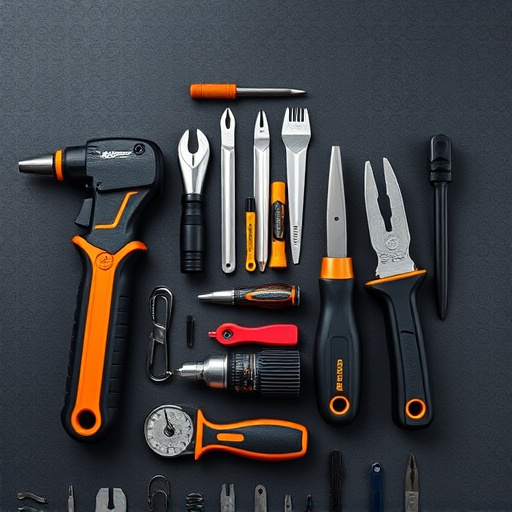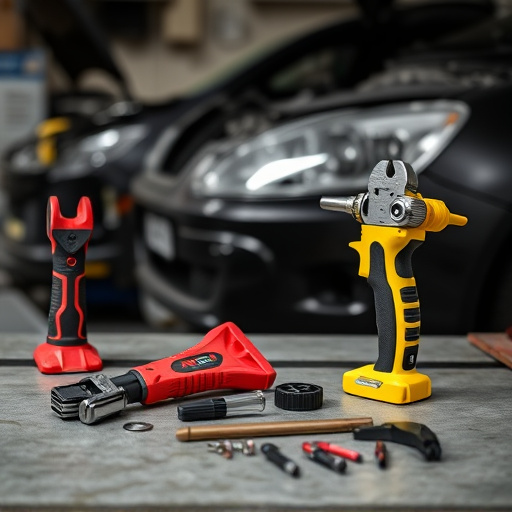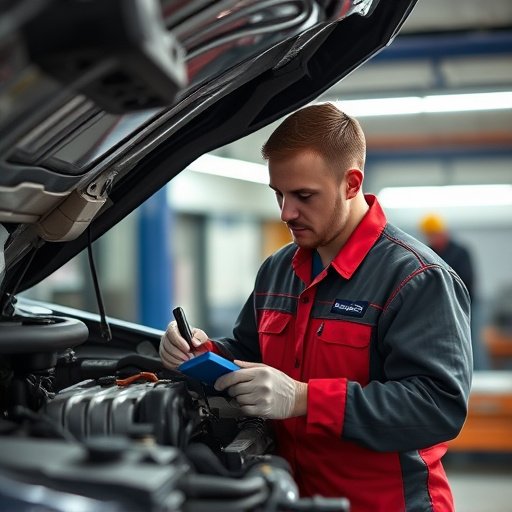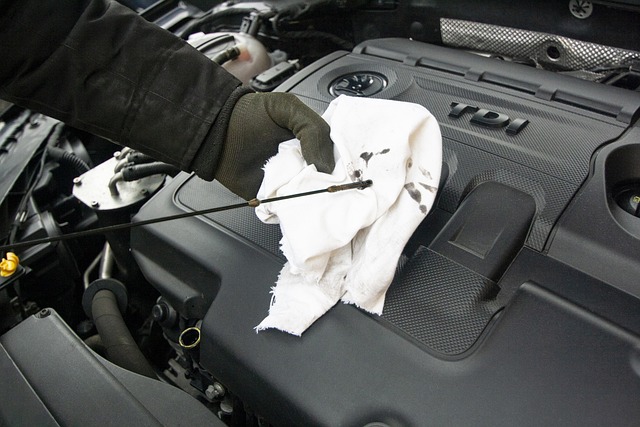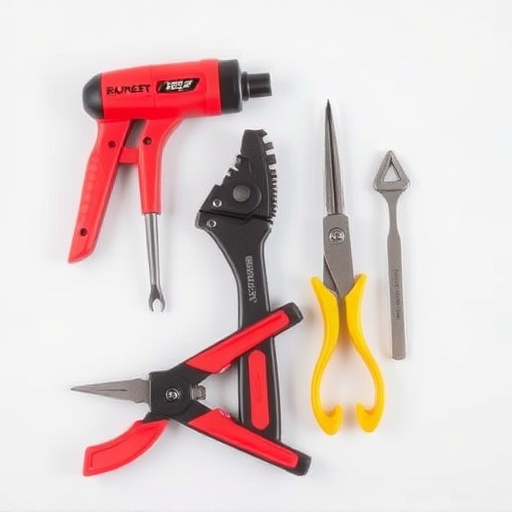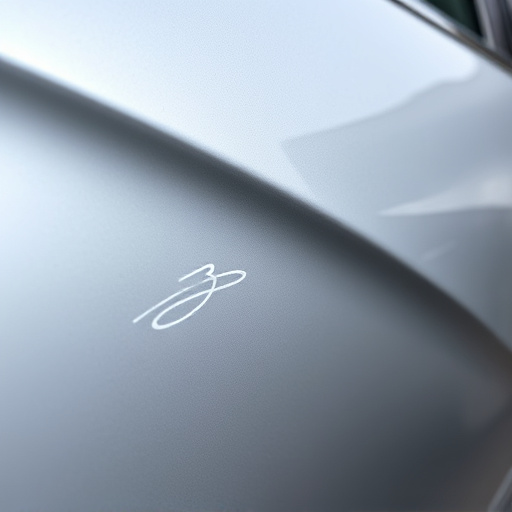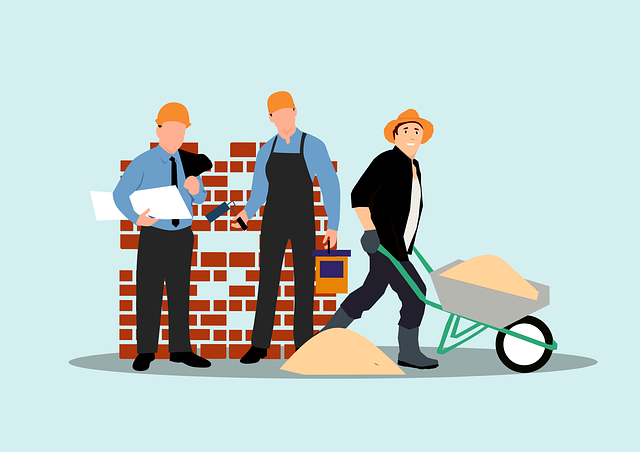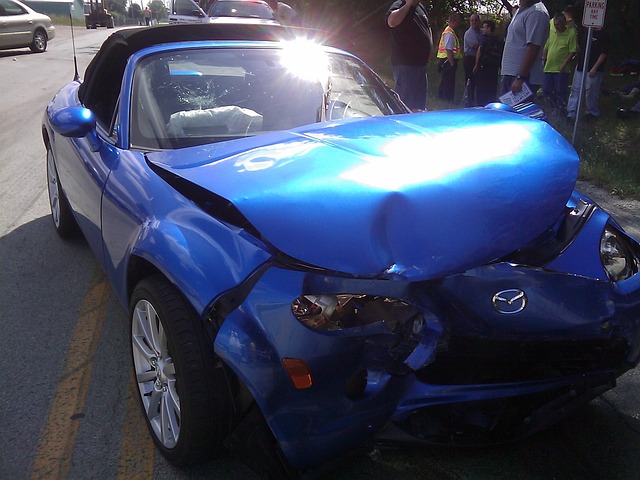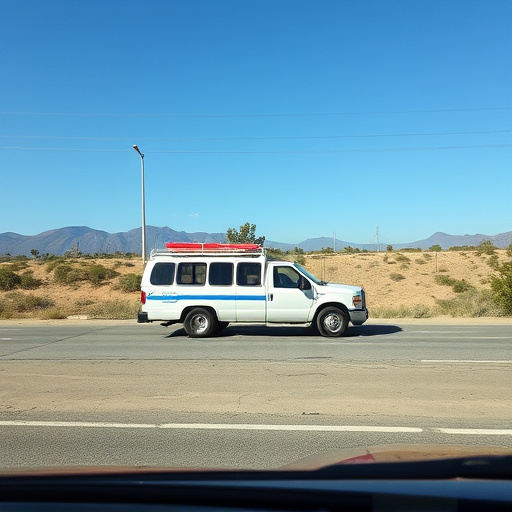Undercarriage inspection and repair are vital after a collision, addressing hidden yet critical components like frames, panels, and suspension systems to ensure vehicle safety and structural integrity. Comprehensive inspections using specialized tools identify weaknesses, guiding meticulous repairs that enhance auto painting quality. Skilled technicians prioritize these often-overlooked areas to restore vehicles to pre-collision condition, ensuring optimal performance, safety, and longevity on the road.
Undercarriage inspection repair plays a pivotal role in post-collision recovery, ensuring vehicles return to safe, roadworthy conditions. This critical process involves meticulous examination and remediation of components often hidden beneath the surface, including suspension systems, exhaust systems, and fuel lines. In the aftermath of a collision, thorough undercarriage inspection is paramount due to potential damage that may go unnoticed without specialized attention. By addressing these issues proactively, repair shops enhance safety, prevent further complications, and contribute to cost-effective post-collision recovery.
- Understanding Undercarriage Inspection Repair: The Basics
- Why Post-Collision Recovery Demands Thorough Undercarriage Inspection and Repair
- Best Practices for Effectively Conducting and Implementing Undercarriage Inspection Repair After a Collision
Understanding Undercarriage Inspection Repair: The Basics
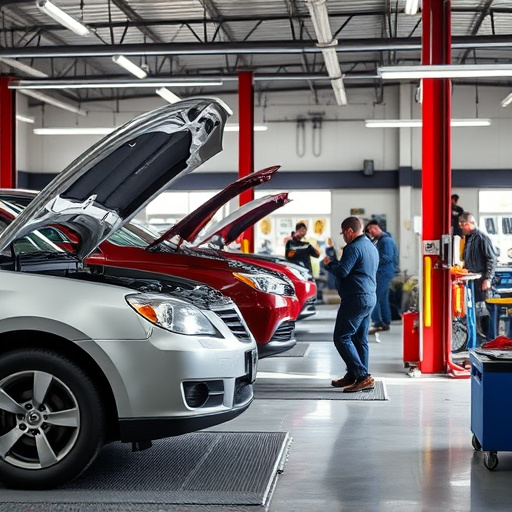
Undercarriage inspection repair is a critical aspect of post-collision vehicle recovery that involves meticulous examination and restoration of the car’s underbody components. This process ensures that structural integrity is maintained, addressing any damage to panels, frames, and other vital parts hidden beneath the vehicle’s surface. A comprehensive undercarriage inspection identifies potential weaknesses or vulnerabilities that might have been exacerbated by a collision, preventing further complications during the repair process.
By focusing on undercarriage inspection repair, auto body services can deliver more accurate and durable outcomes for car paint services. This is particularly crucial as these hidden areas play a significant role in the overall safety and performance of a vehicle. Skilled technicians utilize specialized tools to assess and fix issues such as rust buildup, damaged suspension systems, or misaligned components, ensuring that once restored, the vehicle meets the highest standards of auto painting and structural integrity.
Why Post-Collision Recovery Demands Thorough Undercarriage Inspection and Repair
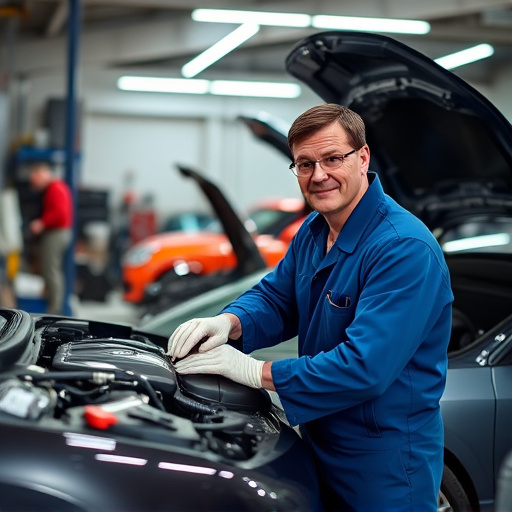
In the aftermath of a car collision, thorough evaluation and meticulous repair of the undercarriage are paramount to ensuring safe and reliable post-collision recovery. The undercarriage, which includes essential components like axles, suspension systems, and exhaust pipes, often sustains significant damage during accidents, yet it remains largely hidden from immediate visual inspection. This makes it crucial for auto repair services to conduct comprehensive undercarriage inspections as part of the overall car collision repair process.
Omitting or rushing this critical step can have severe consequences, leading to structural weaknesses that may compromise vehicle safety and performance. Professional auto detailing and meticulous undercarriage repair not only restore these components to their optimal condition but also guarantee the longevity of the vehicle post-recovery. By addressing potential issues early on, auto repair services play a vital role in ensuring a smooth transition back to safe road usage for the affected vehicle.
Best Practices for Effectively Conducting and Implementing Undercarriage Inspection Repair After a Collision
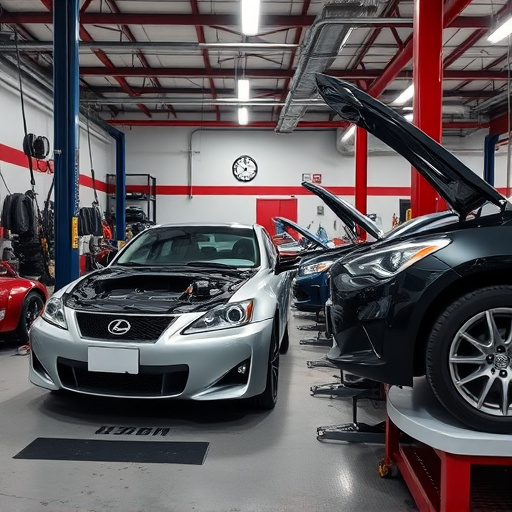
Conducting an effective undercarriage inspection repair is paramount after a collision. The initial step involves a thorough examination to identify any damage beneath the vehicle’s exterior. This includes checking for dents, cracks, or deformations in the underbody components such as panels, crossmembers, and brackets. Advanced diagnostic tools can aid in detecting even subtle issues that might compromise structural integrity.
Implementing repair strategies should follow a structured approach. For minor dents and dings, a specialized dent repair technique can restore the original shape without compromising the metal’s strength. In cases of more significant damage, frame straightening may be necessary to realign the vehicle’s frame and ensure it returns to its pre-collision dimensions. Reputable body shop services offer a range of solutions, from simple undercarriage inspections and repairs to comprehensive frame straightening, ensuring that the vehicle is safely restored to its optimal condition post-collision.
Undercarriage inspection repair plays a pivotal role in post-collision recovery, ensuring vehicles are safe and roadworthy. By implementing best practices and thorough assessments, repair technicians can effectively address hidden damages, strengthen structural integrity, and optimize vehicle performance. This process is vital for both consumer safety and the environmental preservation of road resources, making undercarriage inspection repair an indispensable step in the collision recovery process.
